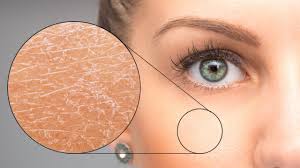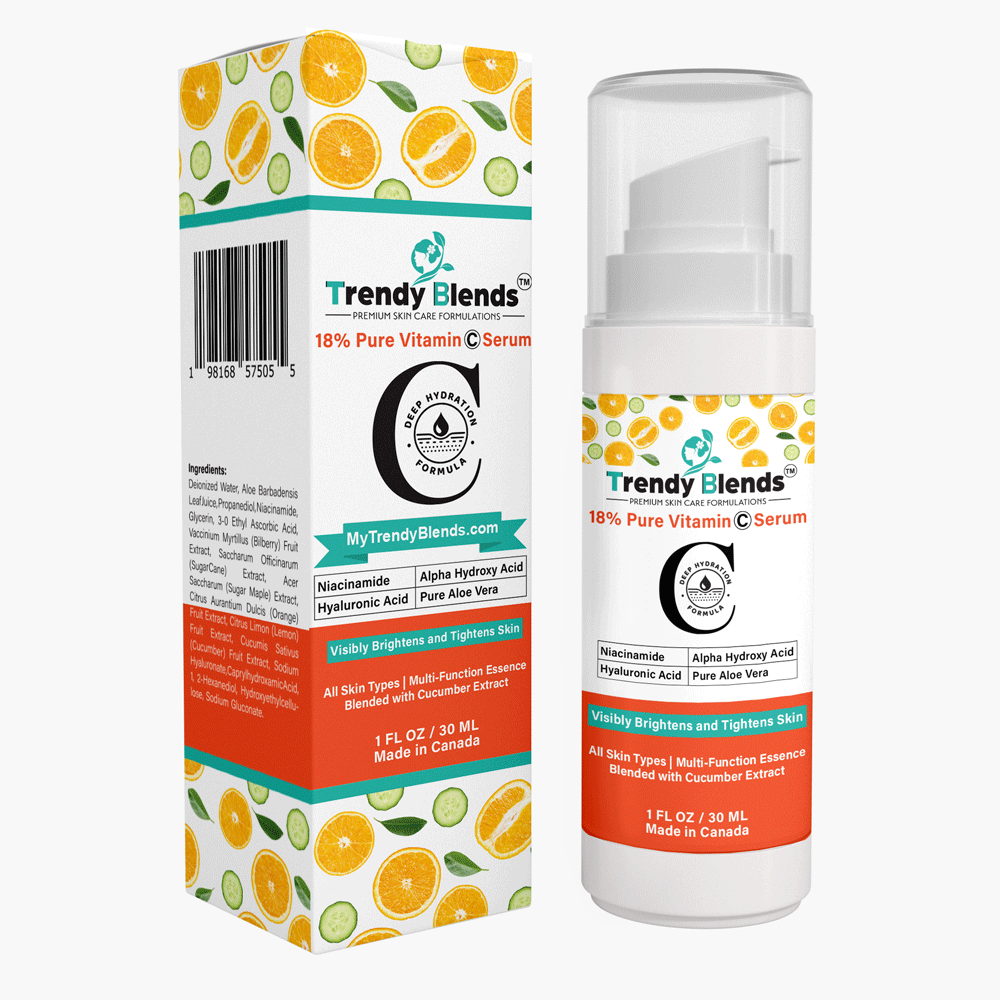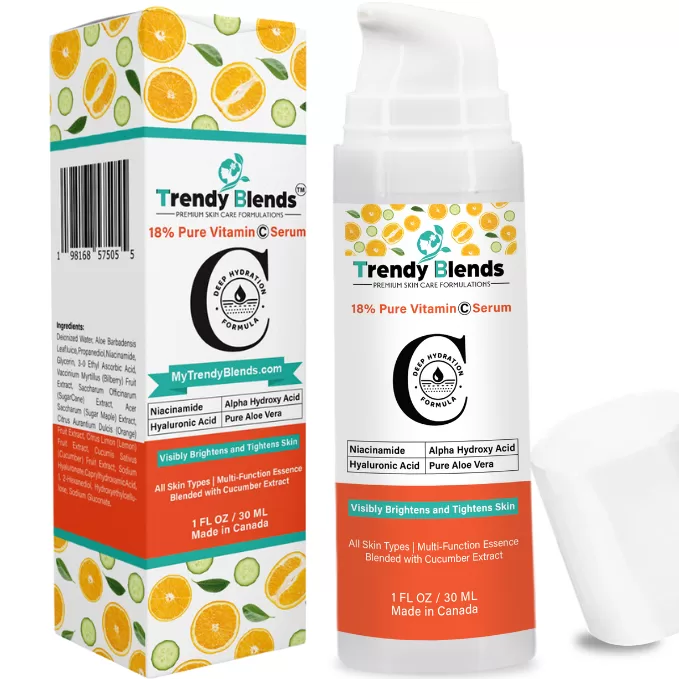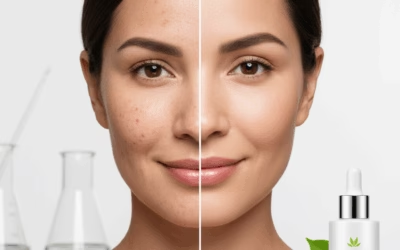7 Ways to heal dry Skin.

What is Dry Skin? Unveiling the Causes, Symptoms, and Solutions for a Healthy Radiance
Table of Contents
7 Ways to Rehydrate and Revitalize Dry Skin
Dry skin is a common concern, often manifesting as tightness, flakiness, and even itching. While genetics and environmental factors play a role, effective management is achievable through a combination of smart lifestyle adjustments and targeted skincare practices. Here are seven proven ways to combat dryness and restore your skin’s natural moisture balance:
1. Embrace the Power of Gentle Cleansing: Harsh cleansers, particularly those containing sulfates, can strip the skin of essential oils, exacerbating dryness. Opt for a gentle, hydrating cleanser that is fragrance-free and designed for sensitive skin. Avoid hot water, as it also contributes to moisture loss. Instead, use lukewarm water and pat your skin dry with a soft towel.
2. Lock in Moisture Immediately: The key to retaining hydration is applying moisturizer within minutes of cleansing. This allows the product to trap the remaining moisture on the skin’s surface. Choose emollients and humectants, like ceramides, hyaluronic acid, and glycerin, which help repair the skin barrier and draw moisture from the environment.

3. Exfoliate Wisely – and Sparingly: While it might seem counterintuitive, gentle exfoliation can help remove dead skin cells, allowing moisturizers to penetrate more effectively. However, over-exfoliation can irritate and worsen dryness. Select a mild, non-abrasive exfoliant, such as a lactic acid or enzyme-based product, and limit use to once or twice a week.
4. Hydrate From the Inside Out: Drinking adequate water is crucial for overall health, including skin hydration. Aim for at least eight glasses of water per day. Incorporating water-rich foods like fruits and vegetables into your diet can also contribute to internal hydration.
5. Invest in a Humidifier: Dry air, particularly during winter months, can significantly contribute to dry skin. A humidifier can help add moisture to the air, creating a more comfortable environment for your skin. Aim for a humidity level between 30% and 50%.
6. Incorporate a Facial Oil: Facial oils, rich in essential fatty acids, can help replenish the skin’s natural lipid barrier and lock in moisture. Apply a few drops of a non-comedogenic oil, such as jojoba or rosehip, after your moisturizer, or mix it with your moisturizer for enhanced hydration.
7. Protect Your Skin From the Elements: Exposure to sun, wind, and cold can all contribute to dryness. Always apply a broad-spectrum sunscreen with an SPF of 30 or higher, even on cloudy days. When venturing out in cold weather, wear protective clothing, like gloves and scarves, to minimize exposure to harsh elements.
Dry skin. It’s a common concern that many of us grapple with, particularly as seasons change or as we navigate different life stages. We experience the tightness, the flakiness, the sometimes even itchy discomfort. But what exactly is dry skin? It’s more than just a fleeting feeling; it’s a condition that arises when our skin doesn’t retain sufficient moisture. Understanding the underlying reasons for this lack of hydration and recognizing its telltale signs are the first crucial steps towards achieving healthy, radiant skin.
Dry skin, also known as xerosis, occurs when the outer layer of our skin, the stratum corneum, lacks adequate moisture. This outermost layer is vital for maintaining a healthy skin barrier, protecting us from environmental aggressors and preventing excessive water loss. When this barrier is compromised due to a lack of moisture, our skin can become vulnerable and uncomfortable.
Let’s delve deeper into the factors that contribute to this common condition.
The Root Causes of Dry Skin: Uncovering the Culprits
The reasons behind dry skin are multifaceted, stemming from both external and internal influences. Understanding these causes empowers us to make informed decisions about our skincare and lifestyle.
Environmental Factors:
- Weather Conditions: Harsh weather, particularly cold temperatures and low humidity during winter, significantly contributes to dryness. The lack of moisture in the air draws hydration away from our skin. Conversely, prolonged exposure to sun and wind can also strip our skin of its natural oils.
- Heating and Air Conditioning: These modern conveniences, while providing comfort, often create dry indoor environments that wick moisture away from our skin.
- Harsh Soaps and Detergents: Many commercially available soaps, shampoos, and detergents contain harsh chemicals that strip away the skin’s natural oils and lipids, disrupting the moisture barrier.
- Hot Water: While a hot shower might feel relaxing, prolonged exposure to hot water can dissolve the skin’s natural oils, leading to dryness.
Lifestyle Factors:
- Frequent Washing: Excessive handwashing or showering, especially with harsh products, can exacerbate dryness.
- Certain Fabrics: Some fabrics, like wool, can be irritating and contribute to dryness in sensitive individuals.
- Dehydration: Not drinking enough water can impact the overall hydration levels of our body, including our skin.
- Diet: A diet lacking in essential fatty acids can affect the skin’s ability to retain moisture.
Internal Factors:
- Age: As we age, our skin naturally produces less oil, making us more prone to dryness.
- Medical Conditions: Certain medical conditions, such as eczema, psoriasis, and diabetes, can manifest with dry skin as a symptom.
- Genetics: Our genetic predisposition can influence our skin type, with some individuals naturally having drier skin.
- Hormonal Changes: Fluctuations in hormone levels, particularly during menopause, can lead to decreased oil production and increased dryness.
- Medications: Certain medications, such as diuretics and some acne treatments, can have side effects that include dry skin.
Recognizing the Signs: Identifying the Symptoms
Dry skin manifests itself in various ways, and the severity can range from mild to severe. Being aware of these symptoms helps us identify the condition and take appropriate action. Common signs include:
- Roughness: The skin may feel rough and uneven to the touch.
- Tightness: A feeling of tightness, especially after showering or bathing, is a frequent complaint.
- Flakiness or Scaling: Visible flakes or scales on the skin’s surface are a prominent sign.
- Itchiness: Dry skin can often be accompanied by an uncomfortable itching sensation.
- Redness: The skin may appear red or inflamed in certain areas.
- Cracking: In severe cases, the skin can crack, sometimes even bleeding.
- Lines and Wrinkles: Dryness can accentuate the appearance of fine lines and wrinkles.
- Dullness: Dry skin often lacks the healthy glow associated with well-hydrated skin.
Why Addressing Dry Skin Matters: More Than Just Aesthetics
While the visible symptoms of dry skin can be aesthetically bothersome, addressing this condition is crucial for maintaining overall skin health and preventing further complications.
- Discomfort: The itching, tightness, and roughness associated with dry skin can be physically uncomfortable and impact our daily lives.
- Increased Sensitivity: A compromised moisture barrier makes our skin more susceptible to irritation from external factors like allergens and irritants.
- Risk of Infection: Cracks in dry skin can provide entry points for bacteria and other pathogens, increasing the risk of infection.
- Accelerated Aging: Chronic dryness can contribute to the premature appearance of fine lines and wrinkles.
- Impact on Confidence: Visible dryness and flakiness can affect our self-esteem and confidence.
Finding Solutions: Nourishing Dry Skin Back to Health
Fortunately, we can take proactive steps to combat dry skin and restore hydration. This often involves a combination of lifestyle adjustments and the incorporation of effective skincare products.
One key aspect of addressing dry skin is focusing on ingredients that replenish and retain moisture. Trendy Blends Vitamin C Serum, for instance, while often lauded for its brightening and antioxidant properties, can also play a supportive role in hydrating dry skin, especially when formulated with humectants and emollients. While vitamin C itself isn’t a primary hydrator, its antioxidant action can help protect the skin barrier, and when combined with moisturizing ingredients, it can contribute to overall skin health and hydration.
Here are some general strategies we can implement:
- Gentle Cleansing: Opt for mild, fragrance-free cleansers that won’t strip the skin of its natural oils.
- Moisturizing Regularly: Apply a rich moisturizer immediately after showering or bathing to lock in moisture. Look for ingredients like hyaluronic acid, glycerin, ceramides, and shea butter.
- Lukewarm Water: Avoid excessively hot water when showering or washing your hands.
- Humidifier: Use a humidifier, especially during dry winter months, to add moisture back into the air.
- Sun Protection: Even on cloudy days, apply a broad-spectrum sunscreen to protect your skin from further damage and dryness.
- Hydration from Within: Drink plenty of water throughout the day to keep your body and skin hydrated.
- Consider Dietary Changes: Incorporate foods rich in essential fatty acids, such as fatty fish, nuts, and seeds, into your diet.
Integrating Trendy Blends Vitamin C Serum into Our Routine for Dry Skin
While primarily known for its brightening and antioxidant benefits, Trendy Blends Vitamin C Serum can be a valuable addition to a dry skin routine when used strategically. Look for formulations that combine vitamin C with hydrating ingredients like hyaluronic acid or glycerin. These combinations can help to both protect the skin barrier and attract moisture to the skin.
Here’s how we can incorporate it:
- Apply after cleansing and before moisturizer: This allows the serum to penetrate effectively and deliver its benefits.
- Use in conjunction with a rich moisturizer: The serum can provide an extra layer of hydration and antioxidant protection, while the moisturizer provides crucial emollient and occlusive properties to lock in moisture.
- Choose a formulation suitable for dry skin: Look for serums that are oil-based or contain hydrating ingredients.
Key Ingredients for Dry Skin: A Comparison
To better understand the role of different ingredients in combating dry skin, consider this comparison:
| Ingredient | Function | Benefits for Dry Skin |
|---|---|---|
| Hyaluronic Acid | Humectant (attracts moisture from the air to skin) | Deeply hydrates, plumps the skin, reduces the appearance of fine lines. |
| Glycerin | Humectant | Attracts moisture, helps to maintain skin barrier function. |
| Ceramides | Lipids that make up the skin barrier | Replenishes the skin barrier, reduces moisture loss, improves skin texture. |
| Shea Butter | Emollient (softens and smooths skin) | Rich in fatty acids, nourishes and moisturizes, helps to soothe irritated skin. |
| Squalane | Emollient | Mimics the skin’s natural oils, lightweight and non-greasy, excellent for hydration. |
| Vitamin E | Antioxidant and Emollient | Protects against free radical damage, moisturizes, and supports skin barrier function. |
| Trendy Blends Vitamin C | Antioxidant | Protects against environmental damage, can improve skin tone and radiance, may aid in collagen production. |
“Taking care of your skin is more important than covering it up.” – Unknown
Frequently Asked Questions About Dry Skin
Q: Is dry skin the same as dehydrated skin?
A: While the terms are often used interchangeably, there’s a subtle difference. Dry skin is a skin type characterized by a lack of oil production. Dehydrated skin is a condition where the skin lacks water and can affect any skin type, even oily skin.
Q: Can oily skin become dry?
A: Yes, oily skin can become temporarily dehydrated, leading to dryness. However, true dry skin lacks oil production inherently.
Q: How often should I exfoliate if I have dry skin?
A: Exfoliate sparingly, perhaps once or twice a week, using a gentle exfoliator. Over-exfoliating can further irritate dry skin.
Q: What are some home remedies for dry skin?
A: Applying lukewarm milk compresses, using oatmeal baths, and applying natural oils like coconut oil can provide relief for dry skin.
Q: When should I see a dermatologist for dry skin?
A: If your dry skin is severe, persistent, or accompanied by inflammation, cracking, or signs of infection, consult a dermatologist.
Conclusion: Embracing Hydration for Healthy, Happy Skin
Understanding the intricacies of dry skin, from its diverse causes to its noticeable symptoms, empowers us to take control of our skin health. By adopting a gentle and hydrating skincare routine, making conscious lifestyle choices, and potentially incorporating beneficial products like Trendy Blends Vitamin C Serum strategically, we can effectively combat dryness and reveal a healthy, radiant complexion. Remember, consistent care and attention to our skin’s needs are key to achieving lasting comfort and confidence. We all deserve to feel comfortable and confident in our own skin, and understanding how to address dry skin is a significant step in that journey.










